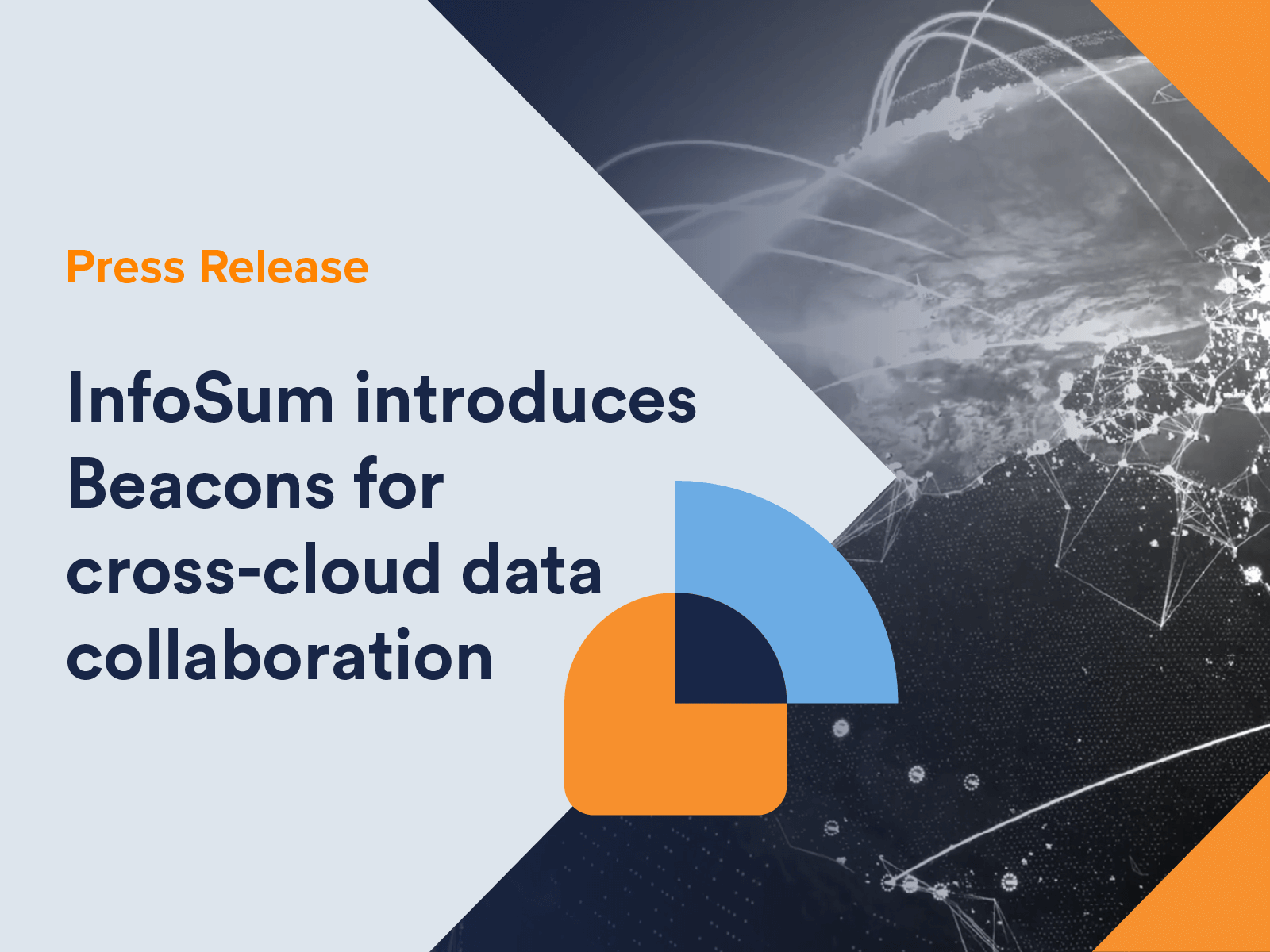Decentralization is in the air: DeFi, DAOs, decentralized social networks. In a new report on the state of crypto, VC firm Andreessen Horowitz describes web3 as a return to the decentralized, community-governed ethos of the early days of the internet. A future where value accrues at the edges of the network (i.e., with users and developers), not in a middle controlled by central governments or a handful of large tech companies.
Similarly, in marketing today, value sits at the edges of the network: with end consumers going about their business across an ever-expanding constellation of social, mobile, streaming, and shopping channels.
The advent of big data and customer-centricity was a real breakthrough 15 years ago. It showed marketers that it was possible—preferable, even—to treat customers as individuals rather than undifferentiated audiences, and it ushered in a new era of marketing effectiveness. But it created a major problem: data centralization.
Centralization at odds with modern marketing requirements
For a variety of reasons that made sense at the time, marketers and their technology counterparts piled all the customer data they could get their hands on into centralized data warehouses. Like factories of the industrial revolution, data warehouses made it easier for companies to manage and secure raw materials, process them into finished products, and consolidate their know-how and labor resources. The warehousing and data mining monikers aren’t really a coincidence.
But what those organizations created in the name of efficiency was in fact a single point of failure: heavy maintenance, slow response, service interruptions, catastrophic data breaches. And above all, a serious privacy headache in light of recent privacy regulations like GDPR and CPRA. While centralized platforms might still be justifiable for ERP applications (like accounting, inventory management, or HR), they’re problematic for modern marketing applications because they involve the actual transfer of sensitive user data from one location to another, often without express consent from the owners of that data.
Thankfully, there’s a way to reconcile advanced marketing analytics needs with privacy obligations: keep the data where it is, and process it at the edges.
A brief history of edge computing
The concept of processing data near the point of collection (rather than at a central location) isn’t new. Many observers trace edge computing back to Akamai’s CDN architecture in the late 1990s, when no one had broadband internet access, and caching on a server down the street meant you could reasonably expect to see a picture of the Y2K ball drop on your computer before Memorial Day.
But there were earlier examples: Nielsen, the ratings company, started to use people meters in the mid-1980s to capture person-level TV tuning data from thousands of households across the country. Every night, those boxes called a special number in Florida to upload the data they had collected throughout the day. But not before they had pre-processed that data to determine what channel won every minute of the day. That little bit of edge processing reduced the size of the data transfer tenfold and cut hours from the mainframe calculations required to produce the famed overnight ratings.
Today, edge computing is still very much associated with bandwidth-related applications for telecom and IoT developments. But it’s expanding to other domains too (it even has its own Gartner Hype Cycle). In particular, edge computing is quickly becoming a key feature for data clean rooms where the primary concern isn’t lag time anymore, but data sharing.
Edge computing in next-gen data clean rooms
Marketers today rely on complex tech stacks to manage their first-party data, and to connect that data to second-party or third-party data sources to beef up their marketing campaigns. Every step (from identity resolution to onboarding, enrichment, planning, activation, and measurement) requires data to be shared across multiple platforms, and exposes it to leaks, errors, or worse. Moving data around is not just inefficient—it’s a liability.
For data clean room applications, edge processing makes it possible to leave the data where it is (we call this principle the non-movement of data) without deteriorating analytical capabilities. In the InfoSum secure data clean room, for instance, clients store their data in an ephemeral clean data storage environment—we call those Bunkers—with no personal identifiers (PII) and under strict access permission controls. Analysis is done at the edges, in the Bunkers, and thanks to advanced privacy-enhancing technologies like our patented Safe Audience Transfer, multiple datasets can be connected, analyzed, and activated without ever sharing, exposing, or moving the data. Crucially, no query or combination of queries can be used to re-identify any of the individuals in your datasets.
The real deal
True decentralization is a high bar to pass. It can’t be done halfway. If 90% of your ecosystem is decentralized, but 10% is not (because using a centralized system is the only way for you to match up user IDs, for instance), then you still have a single point of failure somewhere in your system, and your entire solution remains vulnerable to potential security breaches and privacy violations. And if your clean room implementation is so byzantine that you can’t do anything without custom code or considerable vendor support, you’re unlikely to realize the performance gains that drew you to data clean rooms in the first place.
That’s why we always encourage clients to embrace nimble, pure-play solutions rather than expansion solutions from legacy players. In the data clean room space, a vendor with a background in data warehouse, for instance, or in cloud storage, will most likely have a centralized architecture in its DNA. It will tie your solution to its primary platform, and hinder your ability to quickly capitalize on new data collaboration opportunities.
In today’s fast-changing environment, you want to know that the systems you rely on can help you move fast with your marketing initiatives without jeopardizing the trust that your customers and data partners have placed in you. Jess Simpson, SVP, Consulting and Verified Tech at Publicis Media, summarized it well in a recent webinar on the importance of data collaboration in a privacy-first world. “Trust,” she said, “is the new currency. We're all going to have to work a lot harder to earn it.”
We invite you to check out the ultimate guide to data clean rooms to see how InfoSum’s approach differs from other data clean rooms, and how our decentralized architecture is already paying big dividends for top companies across industries as diverse as retail, CPG, automotive, media, gaming, healthcare, or financial services.
At last, there’s no need for marketers to sacrifice privacy for performance anymore, or performance for privacy. Please get in touch and we’ll show you how to unlock your data’s full potential.







